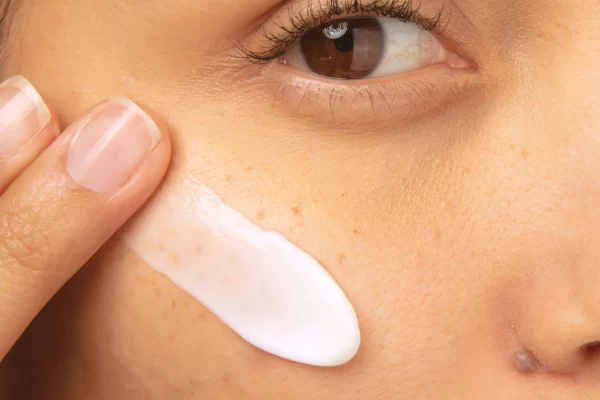Moisturizer For Combination Skin
Finding the right moisturizer for combination skin is the key to a working skincare routine. This is also applicable to other skin types because as we always preach here if you use the right product on the wrong skin and vice-versa nothing will ever change. We all know that dealing with oily patches in some areas and dryness in others can feel like an endless struggle. But don’t worry because shortly we will be discussing all you need to know to choose the right moisturizer for combination skin.
Understanding Combination Skin
Before we dive into the world of moisturizers, let’s take a moment to understand what combination skin truly means. This skin type is characterized by having both oily and dry areas. Typically, the T-zone (forehead, nose, and chin) tends to be oily, while the cheeks may lean towards dryness. This unique blend of skin characteristics requires a moisturizer that can address both issues without exacerbating either.
Key Ingredients to Look For
When searching for the perfect moisturizer for combination skin, it’s essential to pay attention to the ingredients. Here are some key players that can work wonders for balancing and hydrating your complexion:
1. Hyaluronic Acid: This powerhouse ingredient is a hydration hero. It attracts moisture to the skin, keeping it plump and hydrated without feeling heavy or greasy. Look for moisturizers with hyaluronic acid high up on the ingredient list for optimal results.
2. Niacinamide (Vitamin B3): Niacinamide is a multitasking ingredient that helps regulate sebum production, making it ideal for oily areas. Additionally, it helps strengthen the skin’s barrier, reducing moisture loss and improving overall texture.
3. Glycerin: Another humectant like hyaluronic acid, glycerin draws moisture into the skin, providing hydration without clogging pores. It’s lightweight and suitable for all skin types, making it a fantastic option for combination skin.
4. Aloe Vera: Known for its soothing and hydrating properties, aloe vera is perfect for calming any irritation or inflammation, making it an excellent addition to moisturizers for combination skin.
Top Picks for Combination Skin
Now that we’ve covered the essential ingredients, let’s explore some top-notch moisturizer for combination skin:
1. CeraVe AM Facial Moisturizing Lotion: This dermatologist-recommended moisturizer contains ceramides to strengthen the skin’s barrier and hyaluronic acid for intense hydration. It’s oil-free and non-comedogenic, making it suitable for oily and acne-prone areas.
2. Paula’s Choice Water-Infusing Electrolyte Moisturizer: Formulated with electrolytes and amino acids, this lightweight moisturizer replenishes hydration levels without leaving a greasy residue. It’s perfect for balancing combination skin and can be used both day and night.
3. La Roche-Posay Effaclar Mat Moisturizer: Ideal for oily T-zones, this mattifying moisturizer controls shine and minimizes the appearance of pores while still providing essential hydration to dry areas. It’s non-comedogenic and helps regulate sebum production for a more balanced complexion.
4. Simple Hydrating Light Moisturizer: With a lightweight and fast-absorbing formulation, this vegan Hydrating Light Moisturiser keeps skin moisturized and hydrated for up to 12 hours.
Conclusion
Finding the right moisturizer for combination skin may require some trial and error, but don’t lose hope. By choosing products with hydrating and balancing ingredients like hyaluronic acid, niacinamide, glycerin, and aloe vera, you can achieve the harmonious skin you’ve always dreamed of. Remember to listen to your skin’s needs and adjust your skincare routine accordingly.


Leave a Reply